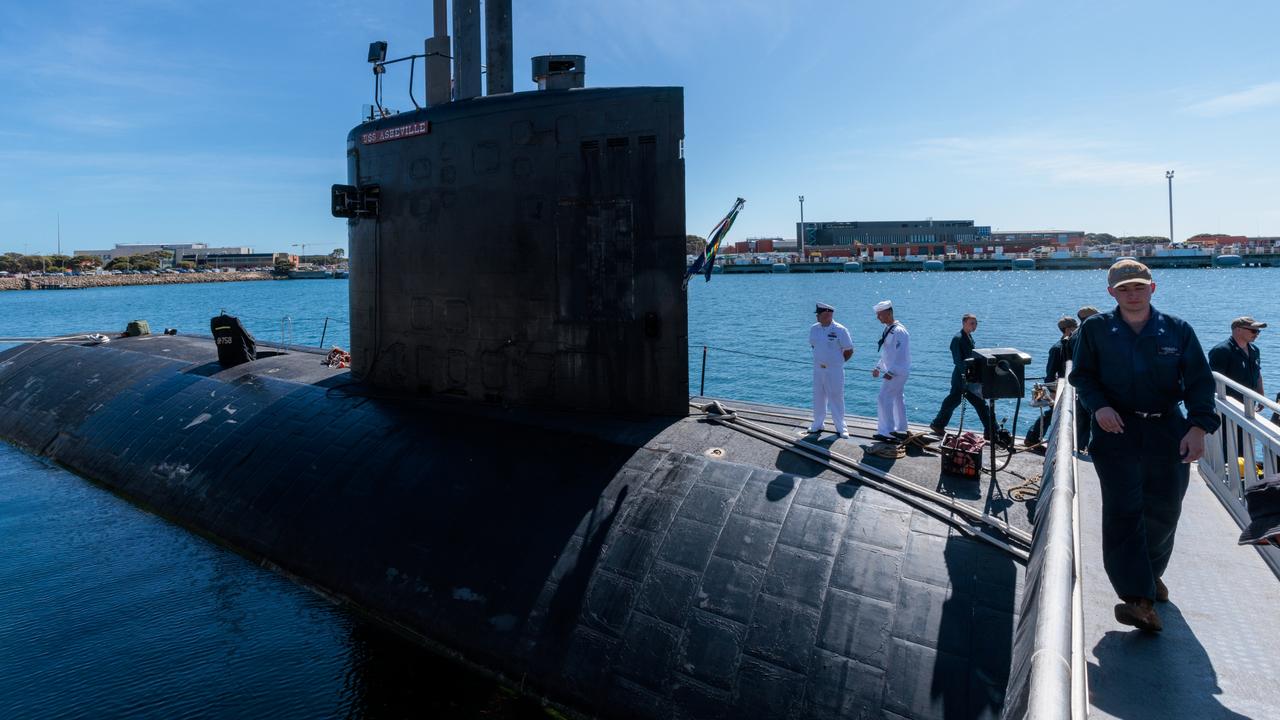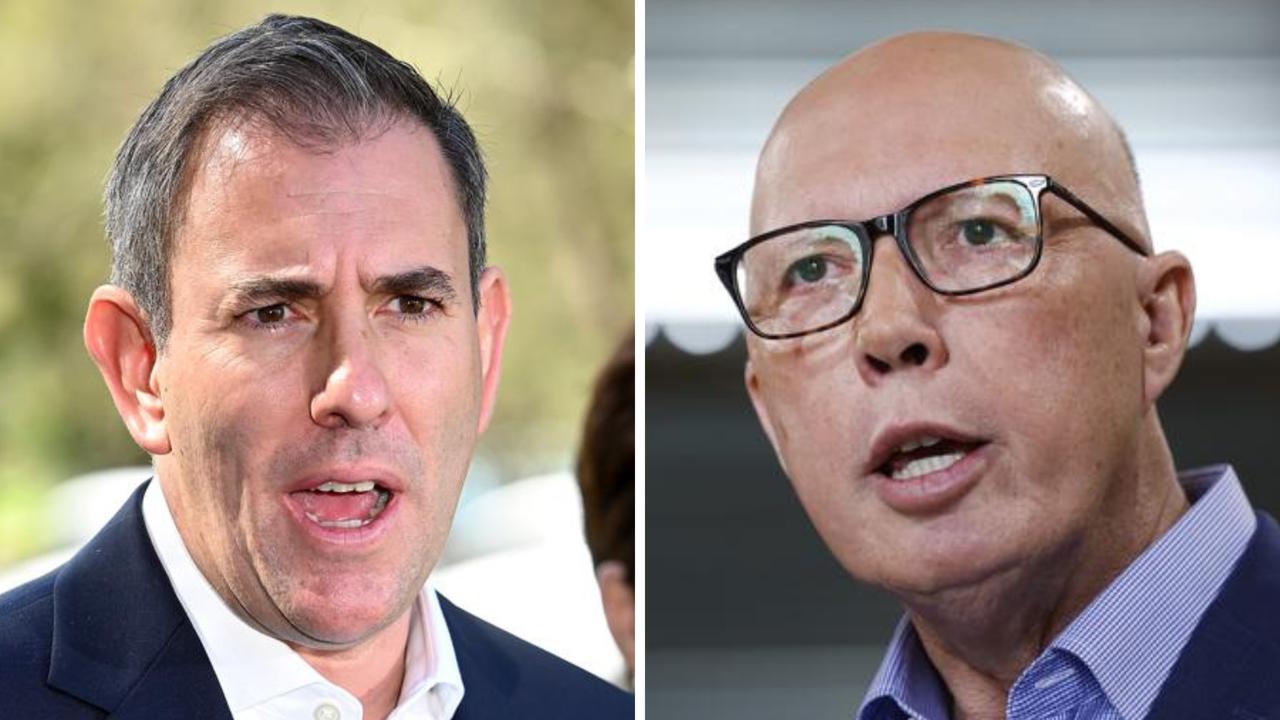Federal budget 2022: Size of Scott Morrison’s potential election war chest revealed
An obscure number in the federal budget papers gives an idea of just how much cash the government will splash on its election promises.
A federal election is due in less than two months, which means it’s worth highlighting one relatively obscure category of spending buried in this year’s budget papers: decisions taken but not yet announced.
Policies the government has yet to reveal to the public fall into this category. By examining how much money is allocated to it in the budget, we can get a rough idea of just how large Prime Minister Scott Morrison’s election war chest is.
According to the budget papers, “decisions taken but not yet announced” will cause an increase in spending of $985.3 million in the 2021/22 financial year, and an even larger increase of more than $1.4 billion in 2022/23.
That gives the government a potential war chest of $2.426 billion. Not a bad amount of cash to throw around in search of votes.

Interestingly, the spending spree is reversed in the final three years of the forward estimates period, with unannounced policies causing a fall in spending of $916.6 million in 2023/24, $1.168 billion in 2024/25 and $892 million in 2025/26.
In total then, from this year onwards, Treasury estimates the policies in question will actually reduce government spending by $550 million.
Meanwhile, unannounced decisions are expected to cause a steady increase in revenue for the government, adding about $2.4 billion to its coffers between now and 2026.
In his budget night speech, Treasurer Josh Frydenberg hailed the government’s fiscal management, hyping up “the largest and fastest improvement to the budget bottom line in over 70 years” despite historically large deficits looming throughout the forward estimates period.
The budget deficit is forecast to be $79.8 billion this fiscal year, followed by $78 billion in 2022/23 before gradually falling to a still significant $43.1 billion in 2025/26.
Net debt will reach $864.7 billion, or a third of Australia’s GDP, in that final year.
“A strong economy means a stronger budget. That is what we deliver tonight,” Mr Frydenberg told Australians in his speech.
“By the end of the forward estimates, the budget is $100 billion better off compared to last year.”
That declaration concerns a $103.6 billion improvement in Australia’s projected deficits since the Mid-Year Economic and Fiscal Outlook was published.

“More people in work, fewer on welfare. Repairing the budget without increasing taxes,” the Treasurer continued.
“Net debt as a share of the economy will peak at 33.1 per cent on June 30, 2026, significantly lower than forecast last year.
“We have drawn clear lines. Banking the dividend of a stronger economy. Ending economy-wide emergency support. When we did so, those opposite (Labor) were quick to criticise.
“When Labor starts spending, they simply can’t stop. The result is higher taxes and higher interest rates. Only the Coalition can responsibly manage the budget and strengthen our nation’s finances.”






